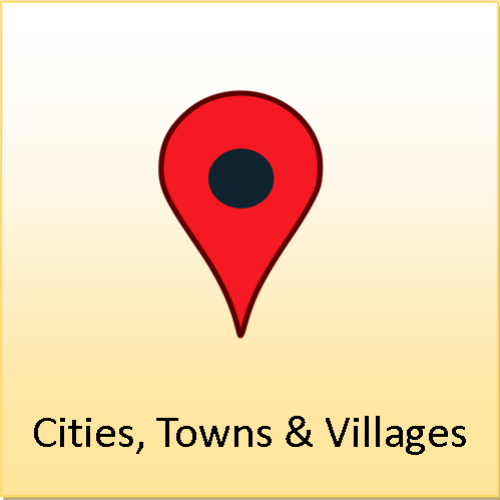About Rutland
Country: England
County: East midlands
Established: 1155
Area: 382 km2 (147 sq mi)
Population: 41,049
Largest settlement: Oakham (12k pop.)
Rutland is a county in the East Midlands of England. It borders Leicestershire to the north and west, Lincolnshire to the north-east, and Northamptonshire to the south-west.
There is little evidence of any prehistoric settlement in Rutland.
There is evidence of Roman habitation by the discovery of a large Roman mosaic and what is thought to be a farming complex near Ketton, which is on the eastern border of Rutland.
The Angles settled here from the fifth century and later formed part of Mercia.
During the Domesday Survey Rutland was treated as part of Nottinghamshire and Northamptonshire.
Rutland is referred to as Roteland in the Domesday Book. The name means ‘land belonging to Rōta’, an Old English personal name. Inhabitants of Rutland are traditionally known as ‘raddlemen’, perhaps because the county was once a source of red ochre (also known as raddle). Rutland was not mentioned as a county until 1179.
The office of High Sheriff of Rutland was instituted in 1129, and there has been a Lord Lieutenant of Rutland since at least 1559.
Oakham Castle was built around 1180–1190 and is one of the nation’s best-preserved Norman buildings. It is also a Grade I listed building
During the High Middle Ages much of the county was forested and used as hunting grounds.
The county's main industry is agriculture, with wool being particularly important in the sixteenth century, and there is a limestone quarry near Ketton.
The Earl of Rutland was elevated to the status of Duke in 1703 and the titles were merged. The family seat is Belvoir Castle, Leicestershire.
The older buildings in the county are built from local limestone or ironstone, and many have roofs of Collyweston stone slate or thatch.
The area was formed from muds and sand carried down by rivers and occurring as bands of different colours, each with many fossil shells at the bottom. A fossil of the sauropod dinosaur Cetiosaurus oxienensis was discovered at Great Casterton. It is currently on display at the Leicester Museum & Art Gallery.
Rutland has Rutland Water, a large artificial lake originally called Empingham Reservoir, in the middle of the county. When construction started in 1971 it became Europe's largest man made lake. Construction was completed in 1975 and filling the lake took a further four years. It is now a nature reserve.
A small part of the East Coast Main Line passes through Rutland's north-east corner, near Essendine. It was on this stretch of mainline that a train, pulled by the Mallard, set the world speed record for steam locomotives on 3 July 1938 with a speed of 125.55 mph (202.05 km/h).


